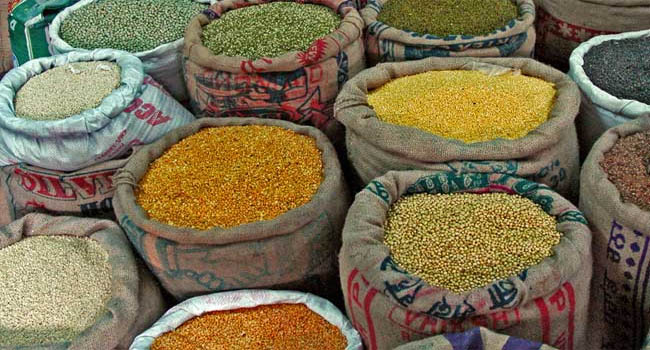
The Indian govt has made a decision to import an additional 1 lakh tonnes of chana and masoor dals. As rates of pulses are continuously soaring high and it will rise in supply in the country and arrest the increasing price.
There had a meeting to decide on this matter among an inter-ministerial committee with their lead Hem Pandey who is the Consumer Affairs Secretary. The higher authorities from ministries of food, agriculture, commerce and finance along with people from MMTC (a state-run trading firm)and also and cooperative major Nafed was attended in the meeting.
“To strengthen buffer stock, The government has decided to import further 20,000 tonnes of chana and 80,000 tonnes of masoor” declared by food ministry.
There was also discussed in the meeting on a secondary plan to for releasing of buffer pulses stock at the correct time for checking the market prices in case the states are not able to pick up in time. Also noticed in the meeting that pulse price have been decreasing in last few weeks and a decrease in prices is anticipated looking at the better conditions of growth.
For the buffer stock by MMTC for the centre, about 86000 tonnes of pulses have been imported and reserved. For selling in the market, this buffer stock is given at a subsidised rate to the states.
For a buffer stock, from local and world market Of the target of 2 million tonnes, 1.95 lakh tonnes of pulses have been bought. Disbursing at prices of not more than Rs 120/kg, the state governments have been told to accelerate the speed of taking pulses of tur and urad out of the buffer stock. From the buffer stock at lower rates from the market, the Centre is granting pulses to states. At the lowest price of Rs 67/kg and 82/kg, Tur and urad respectively being offered.
In the current scenario, Lentil rates are soaring high as due to drought in last two years, there is a less local harvest. Up to Rs 185 per kg is the retailing price. The harvest is predicted to be low at 17.06 million tonnes in the crop year 2015-2016. Imports are being done as there is The demand of crops is 23.5 million tonnes annually so the supply can meet the demand.










